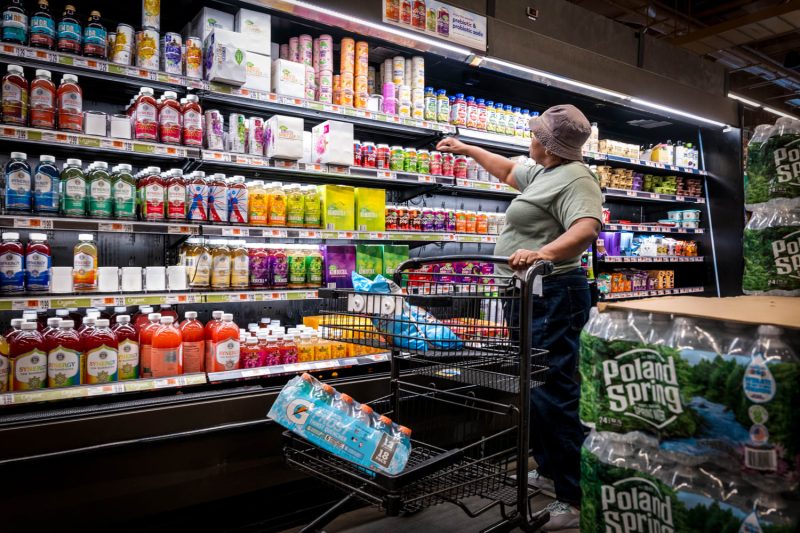Surging Grocery Prices Have Settled Down but Shoppers Are Still Adjusting
The recent fluctuations in grocery prices have sent ripples through households worldwide. From pandemic-related supply chain disruptions to extreme weather events affecting crop yields, several factors have contributed to the volatility in food prices. While the initial surge in grocery prices caused anxiety and frustration among consumers, recent trends indicate a stabilization in the market. However, even as prices settle, shoppers are still grappling with the impact on their budgeting and shopping habits.
The pandemic’s onset saw panic-buying and stockpiling behavior that led to temporary shortages and price spikes in essential items. As consumers rushed to fill their pantries, demand outstripped supply, leading to inflated prices. The abrupt shift in shopping patterns and the strain on the global supply chain exacerbated the situation, resulting in an unprecedented surge in grocery prices. This sudden increase in costs forced many households to reevaluate their spending and adjust their budgets to accommodate the rising expenses.
Furthermore, extreme weather events, such as hurricanes, wildfires, and droughts, have disrupted agricultural production, impacting crop yields and driving up the prices of various food items. The increased frequency and intensity of these climate-related disasters have added another layer of uncertainty to the already fragile food supply chain. As farmers struggle to recover from such challenges, consumers have felt the ripple effects in the form of higher prices at the grocery store.
While the initial shock of surging grocery prices has subsided, shoppers are still feeling the effects of the price hikes on their wallets. Many have had to make tough decisions about their shopping habits, opting for more economical choices and cutting back on non-essential items. The need to stretch their budgets has prompted consumers to explore alternatives such as shopping at discount stores, buying in bulk, or opting for store brands over name brands.
Additionally, meal planning and cooking at home have gained popularity as consumers aim to save money and reduce their reliance on expensive convenience foods. By preparing meals from scratch and utilizing leftovers creatively, households can make the most of their grocery budget while minimizing food waste. Embracing a more sustainable approach to shopping and meal preparation not only helps consumers save money but also contributes to reducing their environmental footprint.
As the dust settles on the turbulent period of surging grocery prices, shoppers are left to navigate a new normal in the world of food shopping. The lessons learned during this challenging time have highlighted the importance of resilience, adaptability, and mindful consumption. By staying informed, making conscious choices, and embracing resourcefulness, consumers can better weather future fluctuations in grocery prices while maintaining a healthy balance between their budget and dietary needs.
In conclusion, while the rollercoaster ride of surging grocery prices may have come to a halt, the impact on consumers lingers. By adjusting their shopping habits, prioritizing value, and embracing sustainable practices, shoppers can navigate the evolving landscape of food prices with confidence and resilience. The lessons learned from this period of uncertainty will undoubtedly shape the way we approach food shopping and budgeting in the post-pandemic world.

